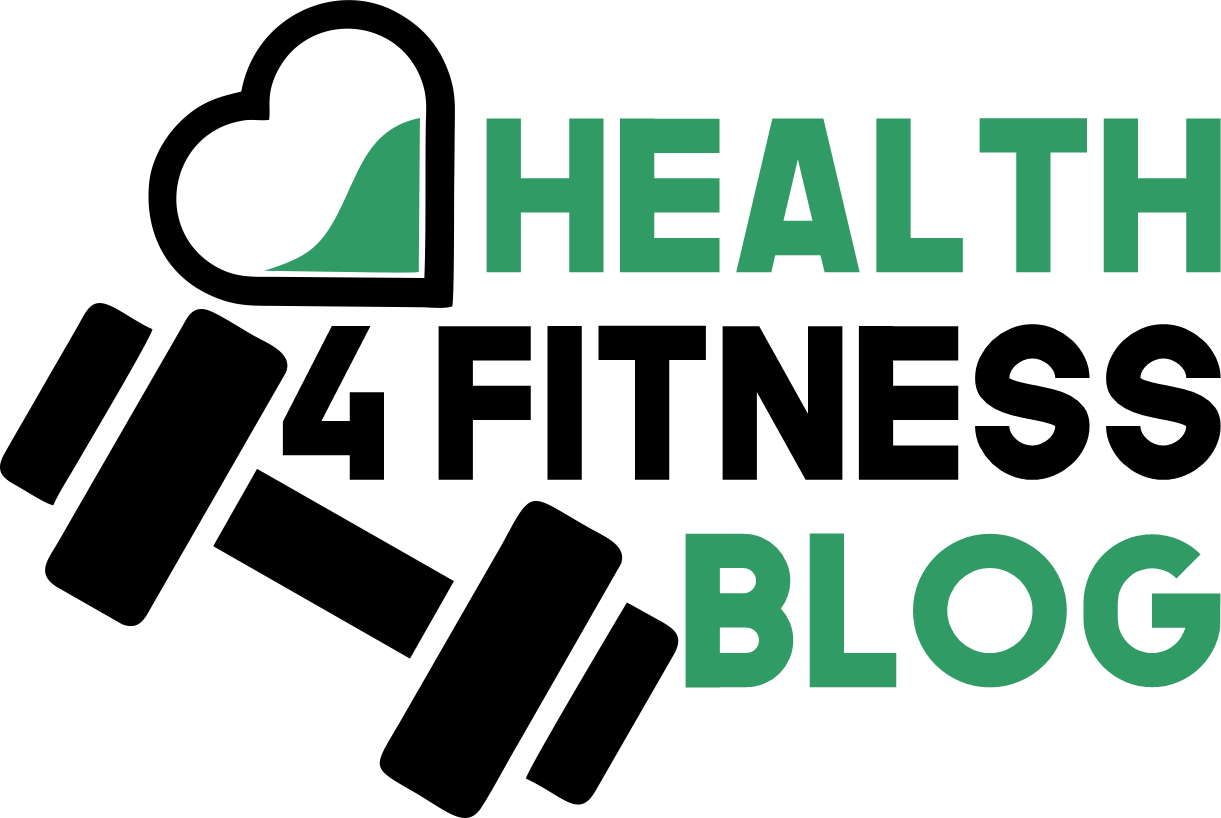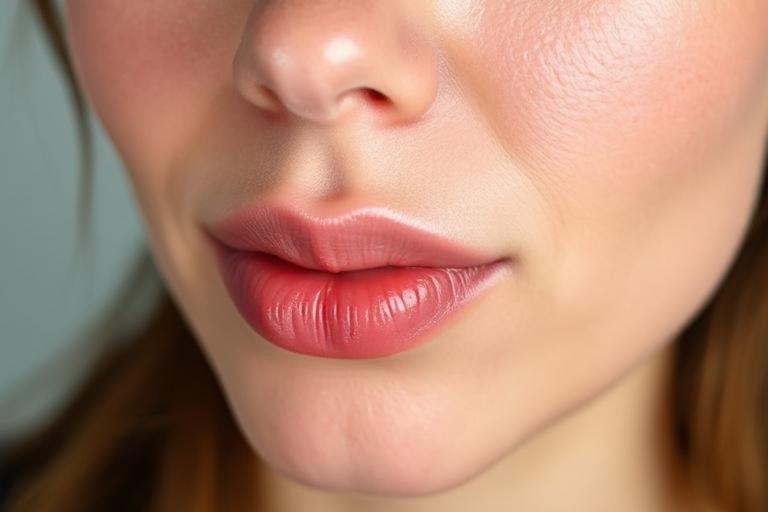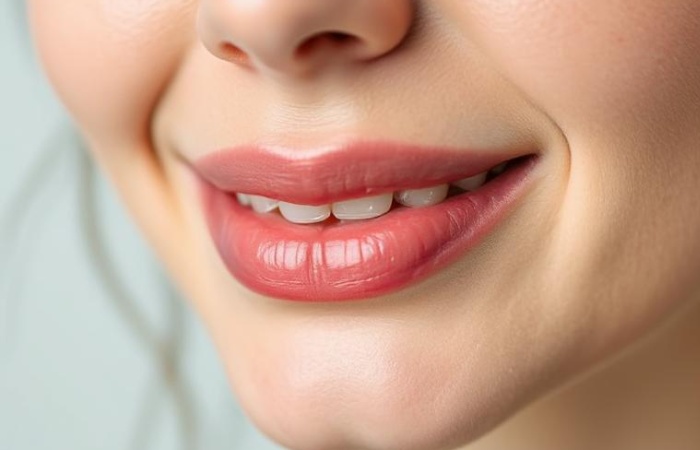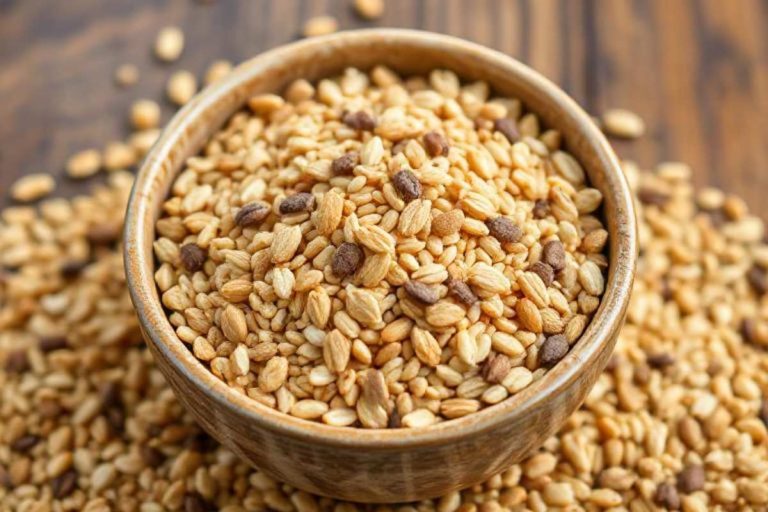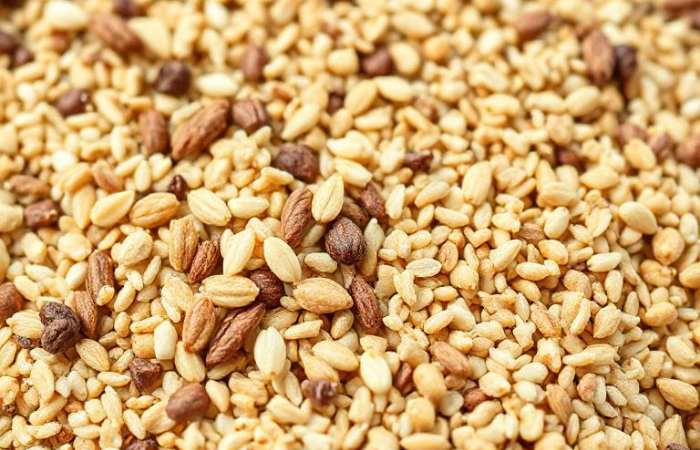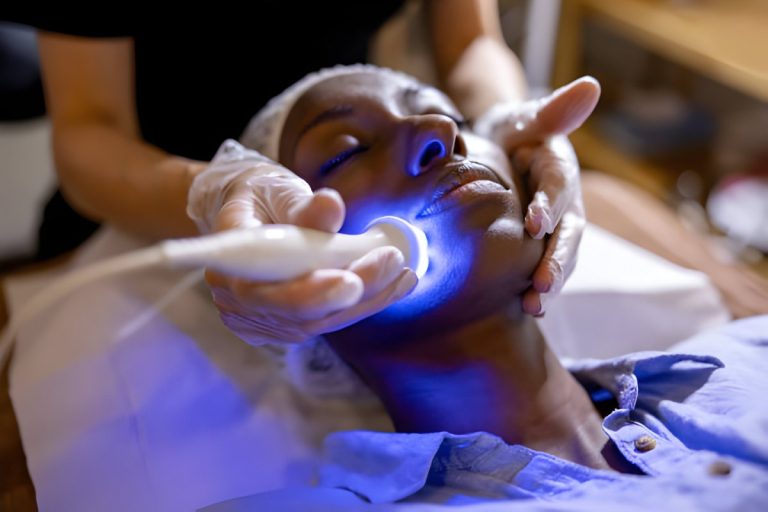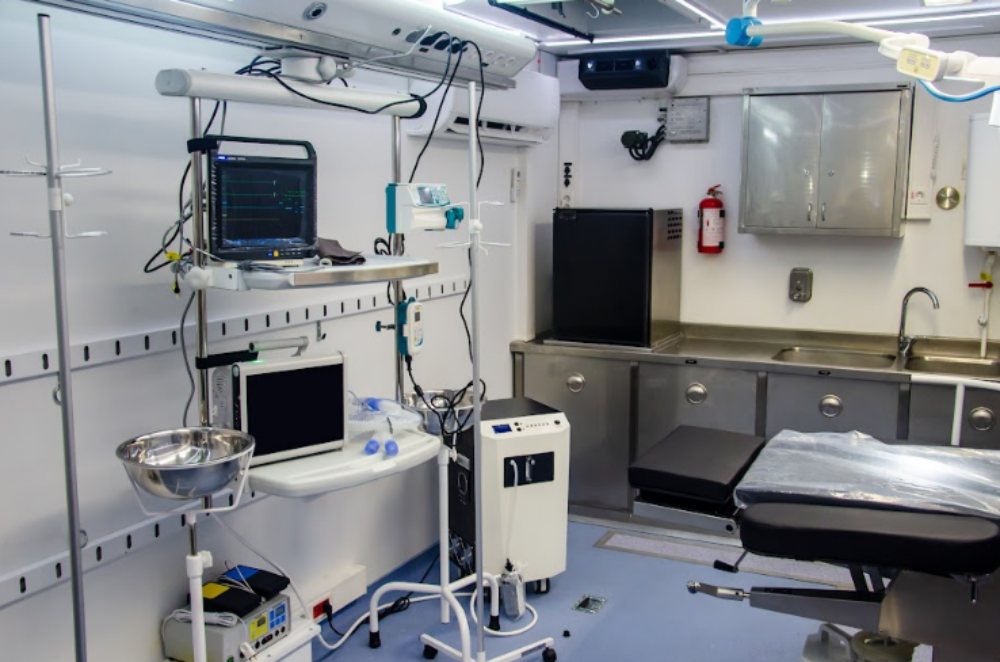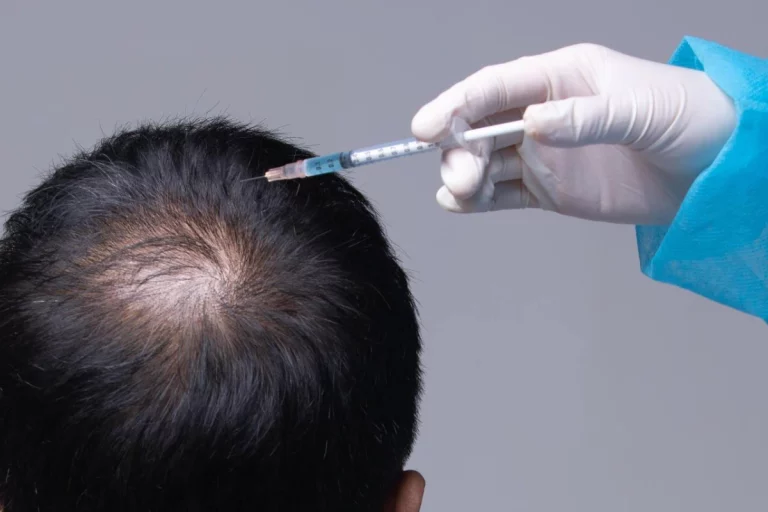Table of Contents
Introduction:
Different groups of people throughout the world use the cleaning mixture of apple cider vinegar (ACV) and baking soda as an efficient solution with beneficial health outcomes. The following guide demonstrates how to correctly utilize apple cider vinegar together with baking soda to accomplish challenging household cleaning operations by providing a safe and effective method. The instructions here will be thorough but also contain safety guidelines along with rules about materials and detailed steps for execution.

Part 1: Why Does This Combination Work? (The Basic Chemistry)
- Briefly explain the reaction: The chemical reaction between acetic acid from ACV and sodium bicarbonate results in sodium acetate, water, and carbon dioxide production.
- The fizzing reaction releases carbon dioxide gas, which serves as a powerful agent for removing dirty and filthy residuals.
- The mixture produced has less acidic properties than pure ACV, so it turns out to be safer for select surfaces.
Part 2: Unclogging Drains with Apple Cider Vinegar and Baking Soda
Step-by-Step Instructions:
- Remove any standing water.
- Pour 1 cup of baking soda down the drain.
- Follow with 1-2 cups of hot (but not boiling) apple cider vinegar.
- Let it fizz for 30 minutes.
- Flush with very hot tap water.
- Repeat if necessary.
Safety Precautions:
- Never use this method after using commercial drain cleaners (dangerous chemical reactions).
- Wear gloves and eye protection.
- Ensure good ventilation.
- Don’t use boiling water (it can damage PVC pipes).
- When to Call a Plumber: Explain when a clogged drain is beyond the scope of this DIY solution.
Part 3: Cleaning Grout with Apple Cider Vinegar and Baking Soda
Making the Paste:
- Mix baking soda with a small amount of ACV to form a thick paste.
Application:
- Spread the grout paste over the area where the grout lines run.
- Allow the compound to remain on the grout lines between 15 to 20 minutes.
- Scrub with a grout brush or old toothbrush.
- Rinse thoroughly with water.
- Testing on a Small Area: Always test a small hidden section first before applying the paste because it ensures the protection of the grout and tiles around it.
- Sealing Grout: Professional recommendation suggests that you should apply a grout sealer after finishing the cleaning procedure to protect against future stains.
Part 4: Removing Hard Water Stains
Dilution: Mix a solution of 1 part ACV to 1 part water.
Application:
- Spray the solution onto the hard water stains.
- Let it sit for 5-10 minutes.
- Wipe with a clean cloth or sponge.
- Rinse thoroughly with water.
- Stubborn Stains: Make a paste of baking soda and ACV and apply it directly for stubborn stains.
- Material Compatibility: List surfaces where this is safe (e.g., glass shower doors, ceramic sinks, chrome faucets) and surfaces to avoid (e.g., natural stone, marble).
Part 5: Deodorizing Carpets and Rugs
Sprinkling Method:
- Sprinkle baking soda liberally over the carpet or rug.
- Let it sit for at least 15 minutes (or overnight for more pungent odors).
- Vacuum thoroughly.
- ACV Spray (Optional): For a deeper clean, lightly mist the carpet with a diluted ACV solution (1 part ACV to 2 parts water) after vacuuming up the baking soda. Do not saturate the carpet.
- Spot Testing: Always spot test in an inconspicuous area first.
Part 6: Other Cleaning Uses (Briefly Mention)
- Cleaning coffee makers (diluted ACV solution)
- Cleaning microwaves (bowl of ACV and water, heated)
- Deodorizing trash cans (baking soda at the bottom)
Conclusion:
Adding apple cider vinegar and baking soda creates a cleaning solution that maintains environmental awareness. Carefully following the specific cleaning guidelines combined with safety protocols enables you to deal with home cleaning duties devoid of chemical cleansers. First, check a small portion before using the ingredients and take precautionary measures during mixing.
